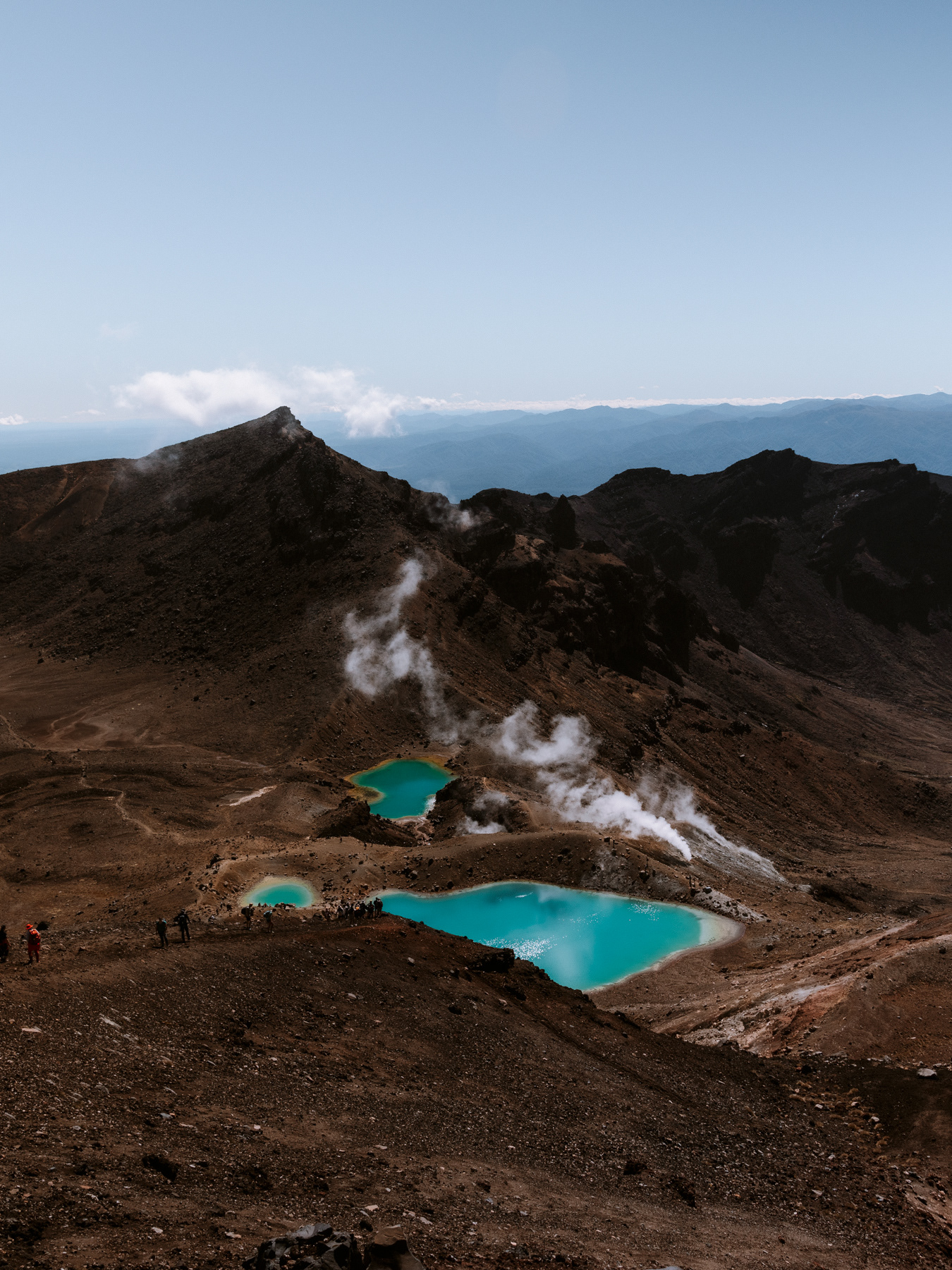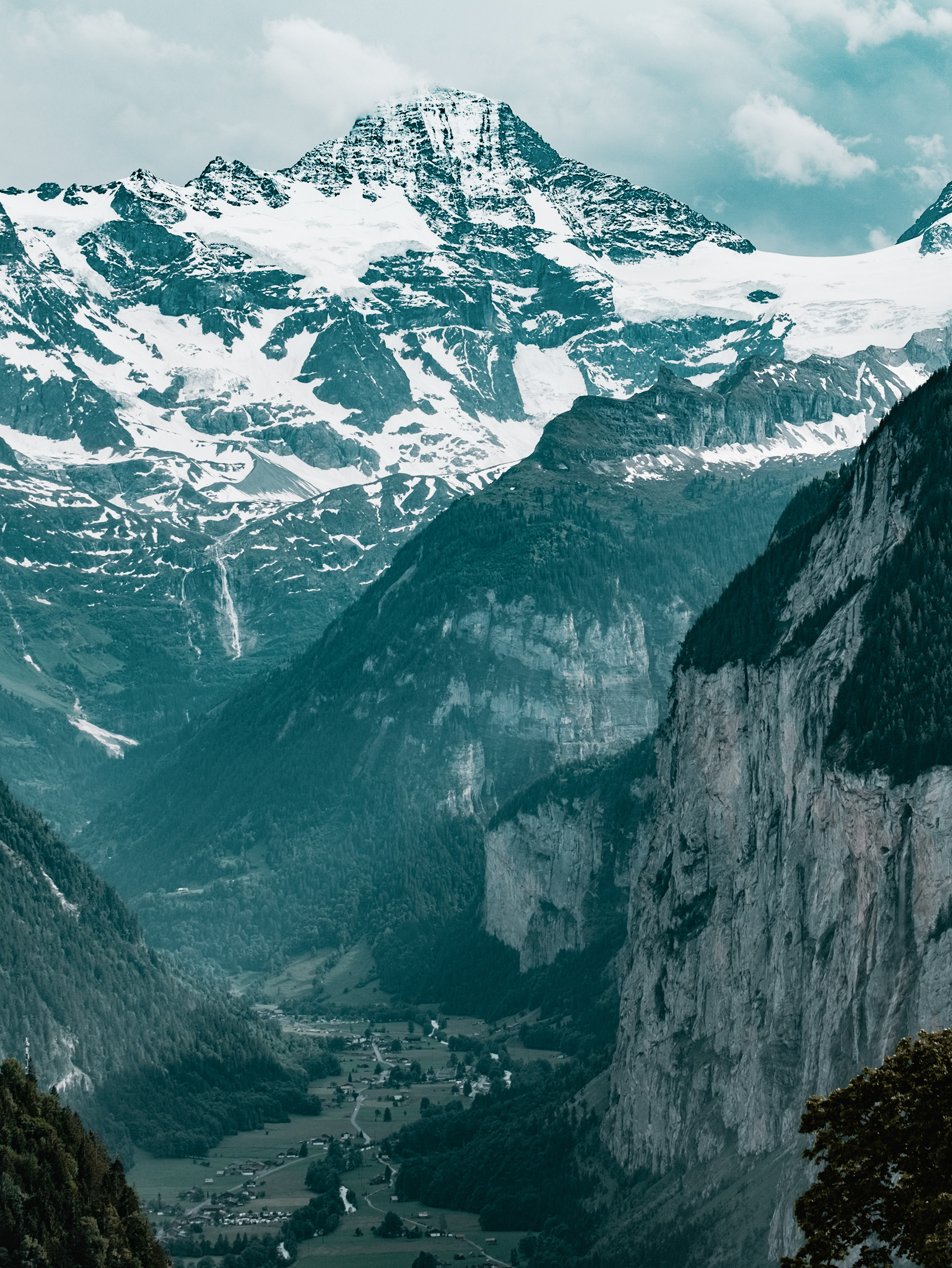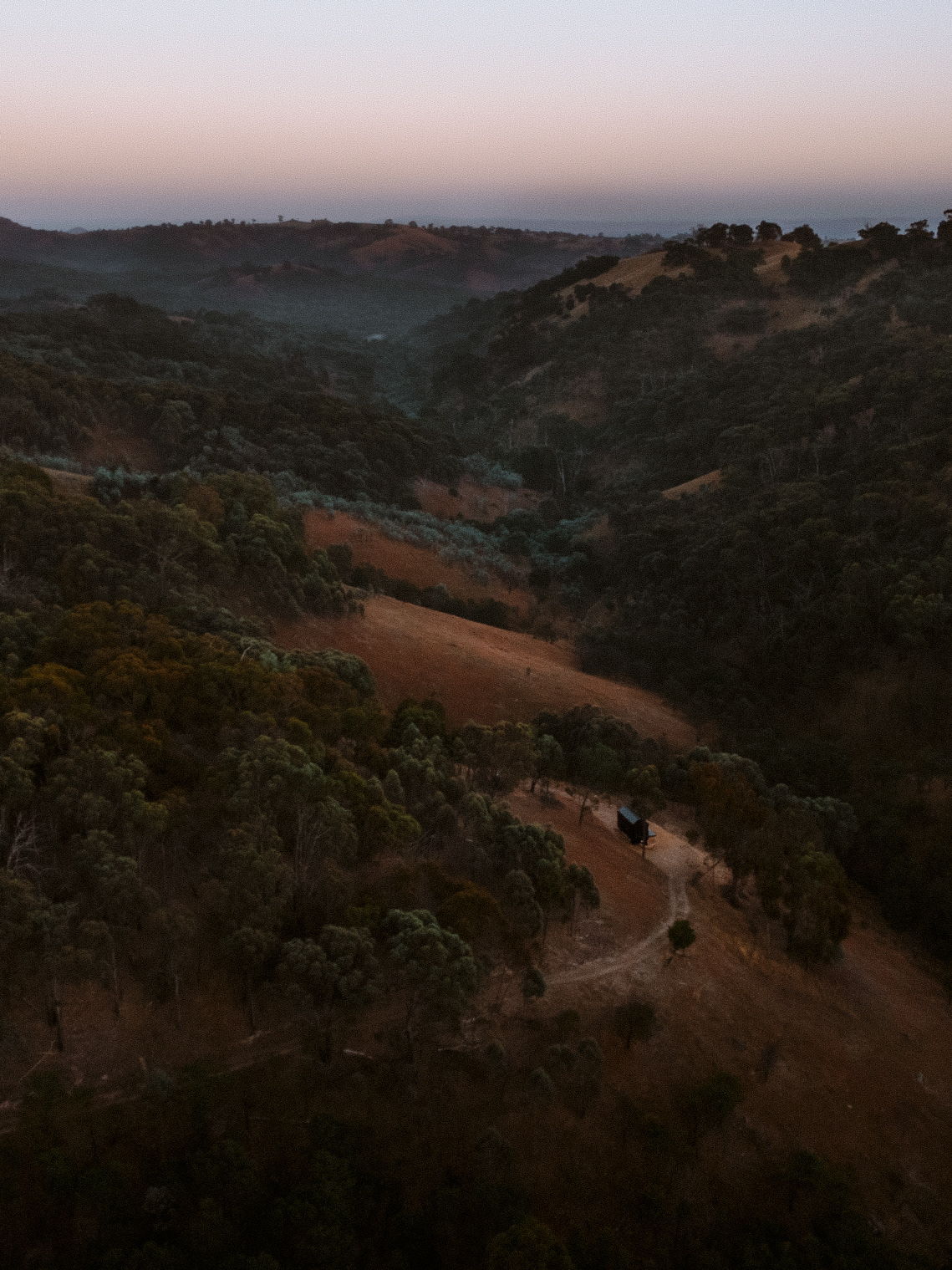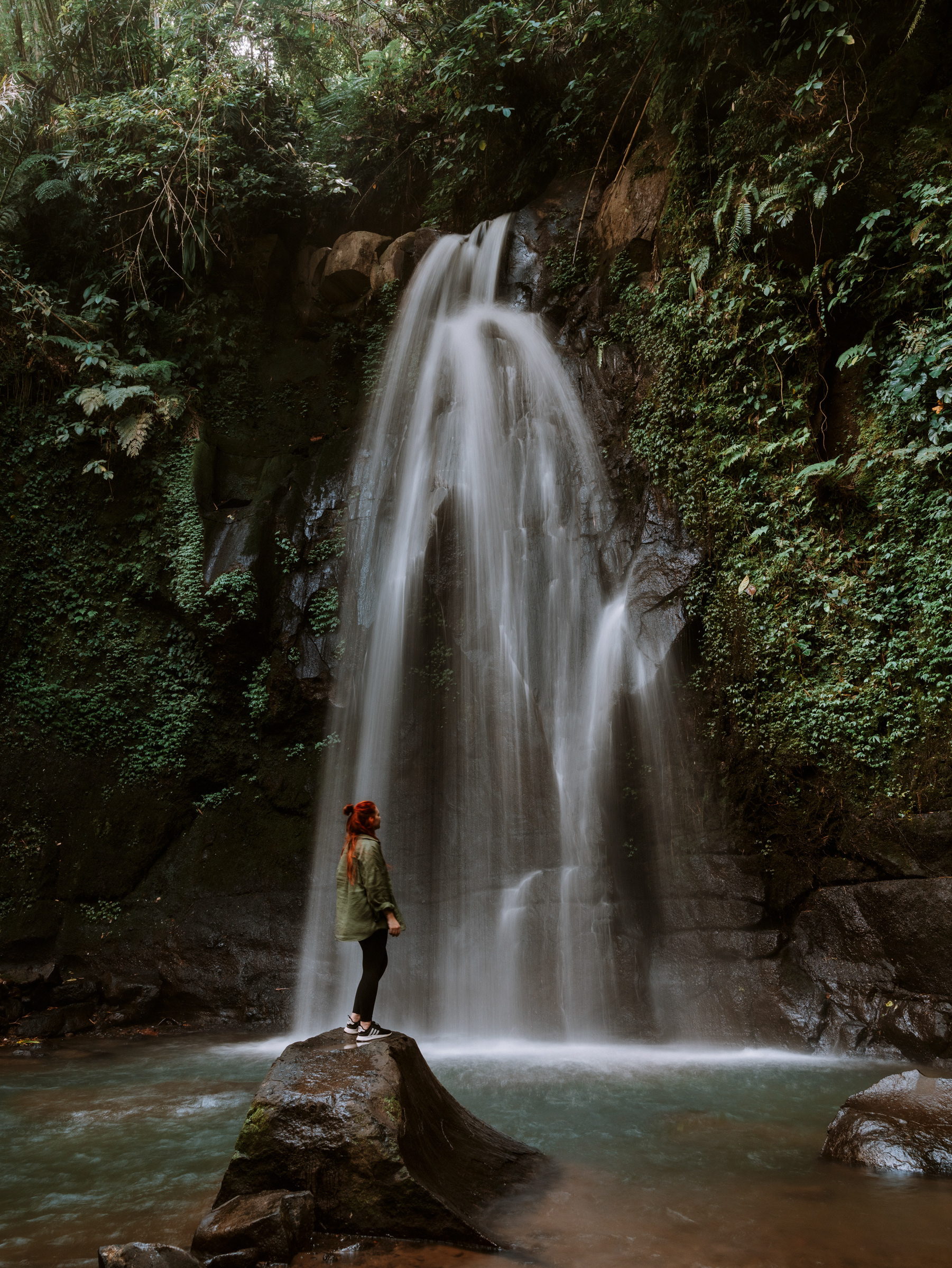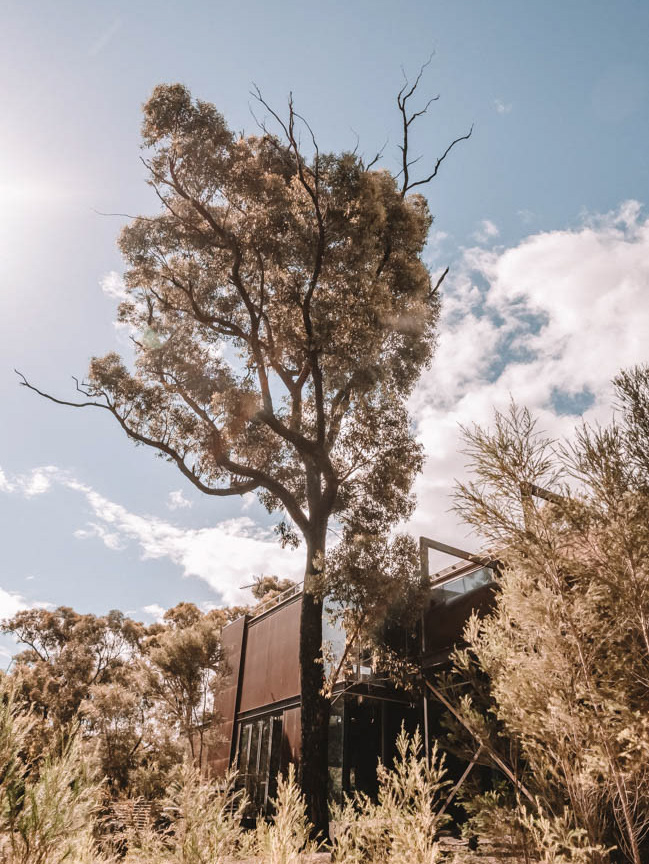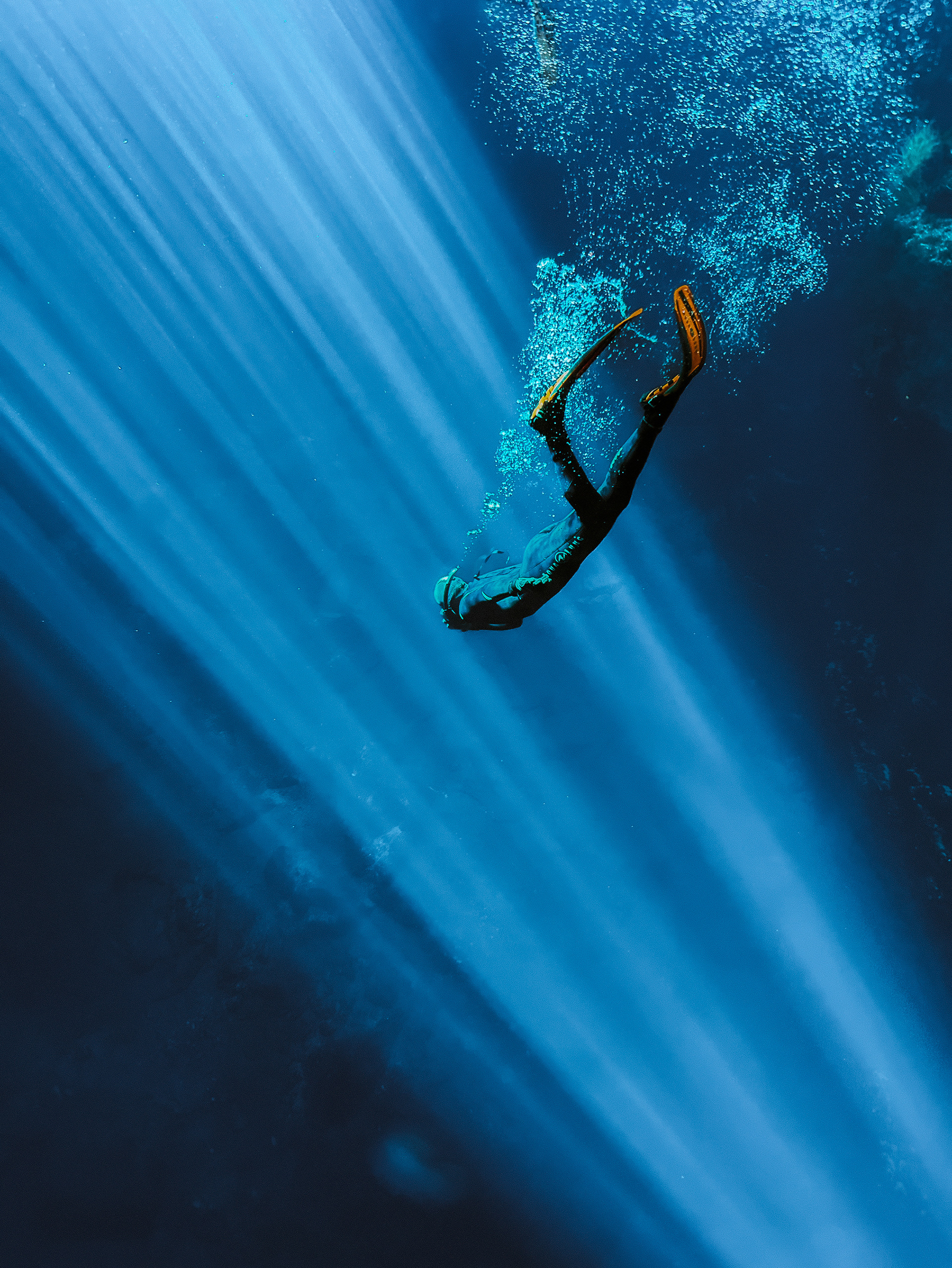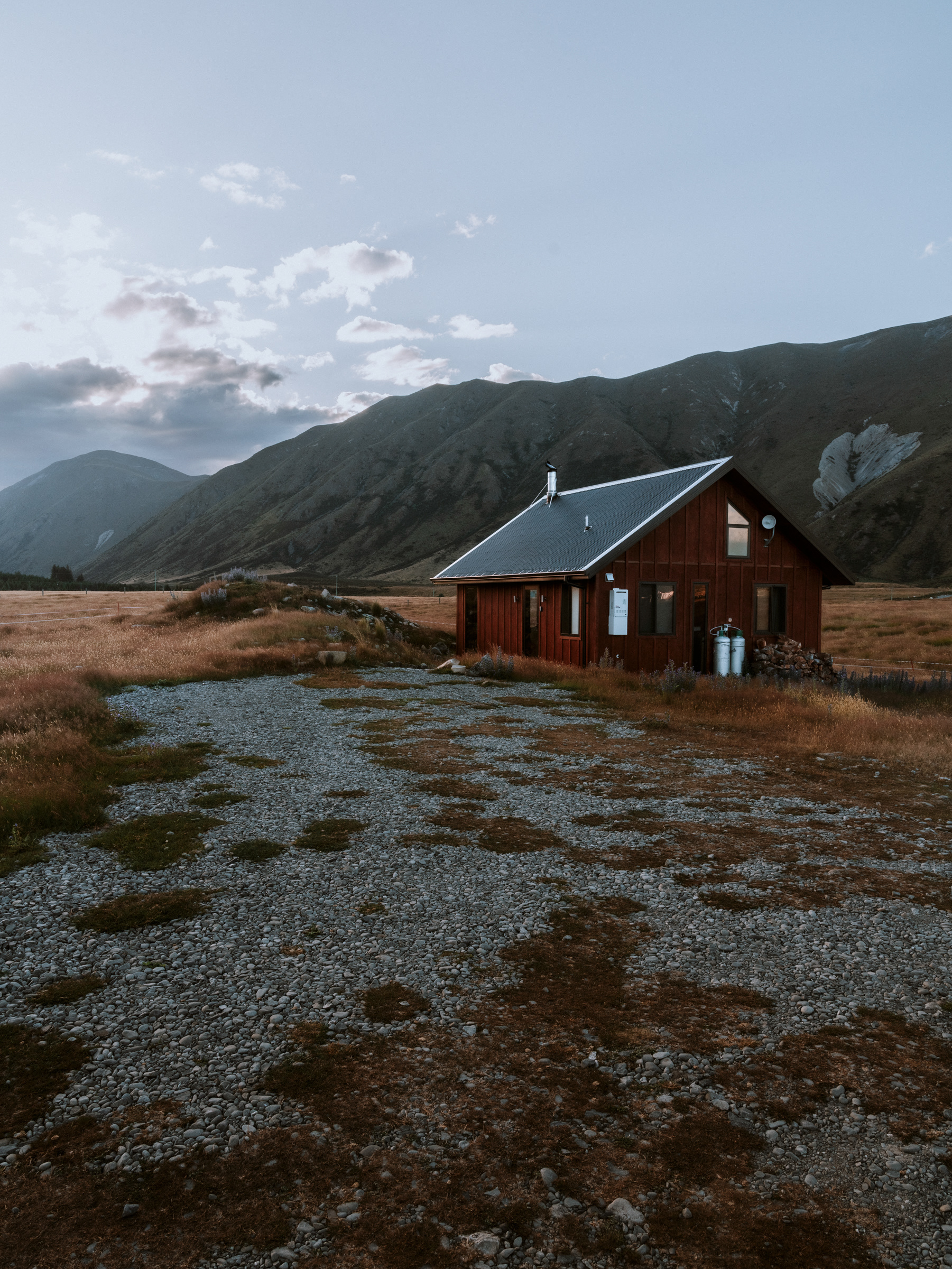Paseo de Martí, La Habana, outside the El Capitol Building.
Given the embargo, Cuba has had limited exposure to the outside world and even though this gives cubans a very unique sense of self it has also deprived them of growth. This is what in my opinion makes Cuba’s beauty also very complex and maybe the reason why I struggle to find the right words to describe how unique and special this place is, without feeling conflicted. Most importantly, Havana has a vibrant spirit that you won’t find anywhere else.
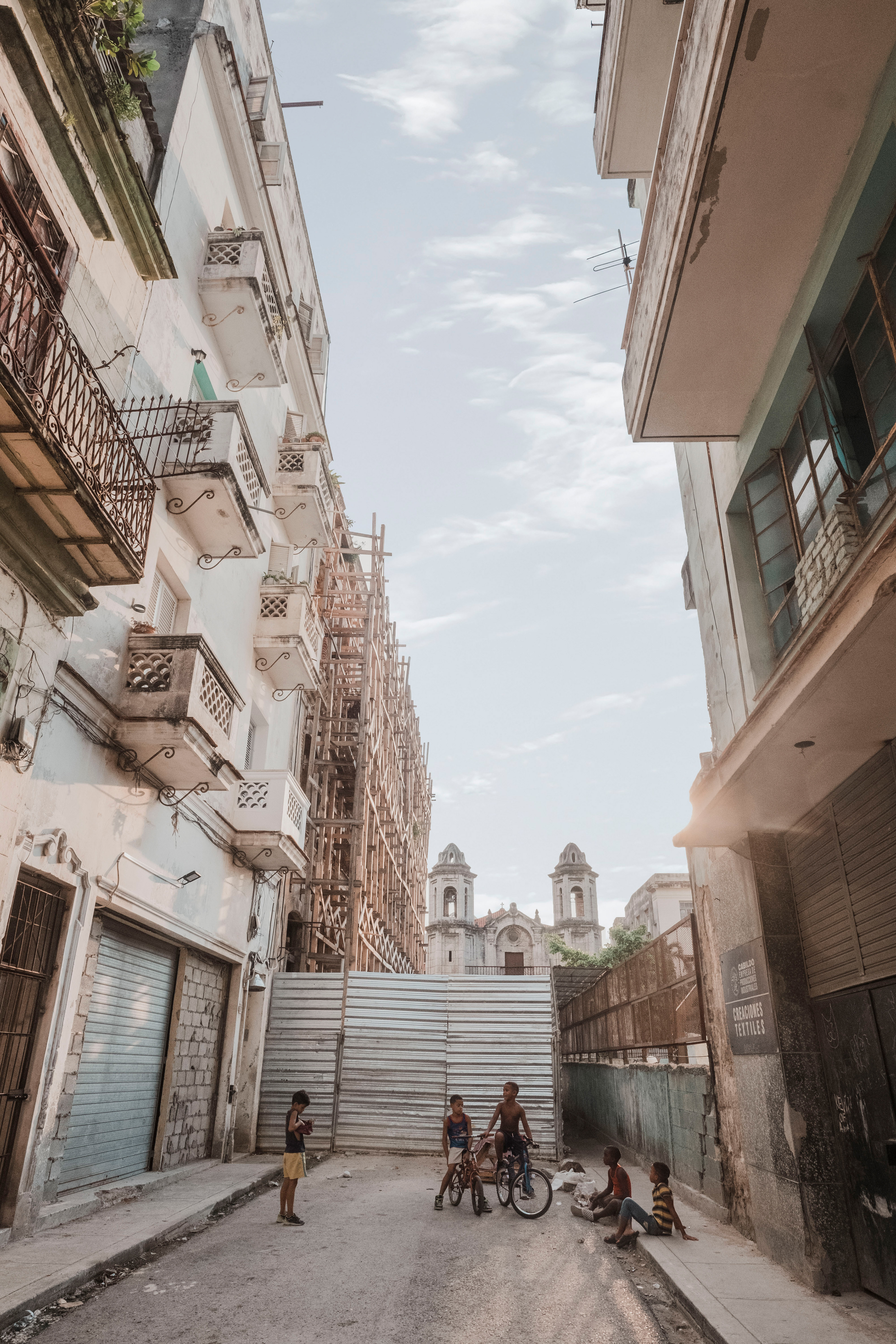
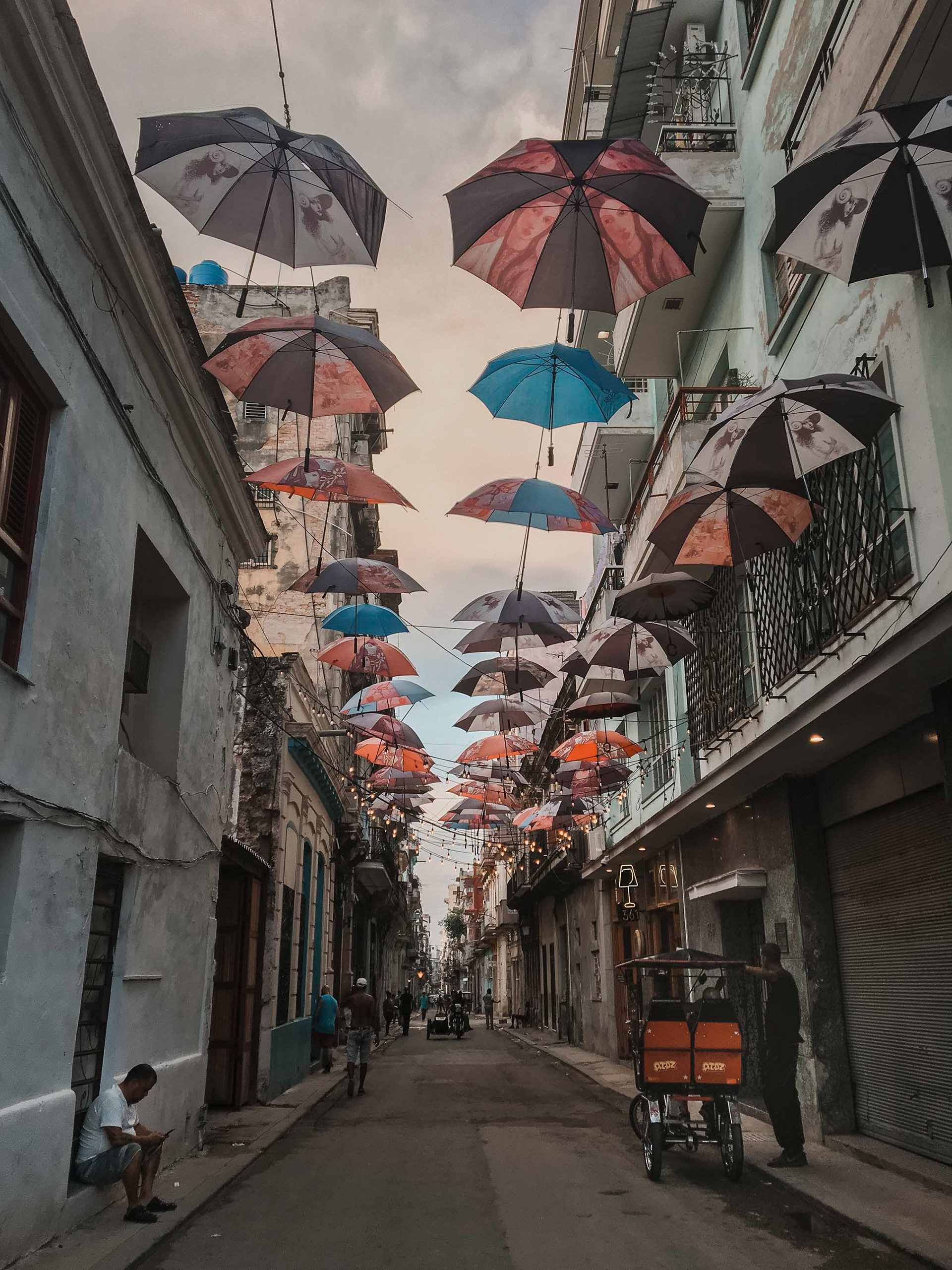
Get lost in this beautiful city and walk it’s charming streets. Watch the locals living their lives in this mysterious city. The mojitos are strong and in easy supply, Havana Club rum is everywhere. You will see entire walls in small markets dedicated to this Cuban staple. Head up to the rooftop of major hotels in the city for a cocktail with a view or my favourite, Hotel Nacional. With its gorgeous view of the ocean, it was the HQ of Al Capone and the Mafia.
The classic cars are every where, some in amazing condition, some not. Pay to take a tour in one or simply jump in a taxi. You won't miss out on experiencing a ride in one!
Walk along Malecón, Havanas 8km-long city wall and esplanade that runs the full length of the city. This, alone, makes it the perfect viewing platform not only for the great sea view but a lot of the city sites, too.
Visit Plaza de la Revolución which memorialises two important deceased heroes of the the Cuban Revolution, Che Guevara and Camilo Cienfuegos. "Hasta la Victoria Siempre" (Ever Onward to Victory)
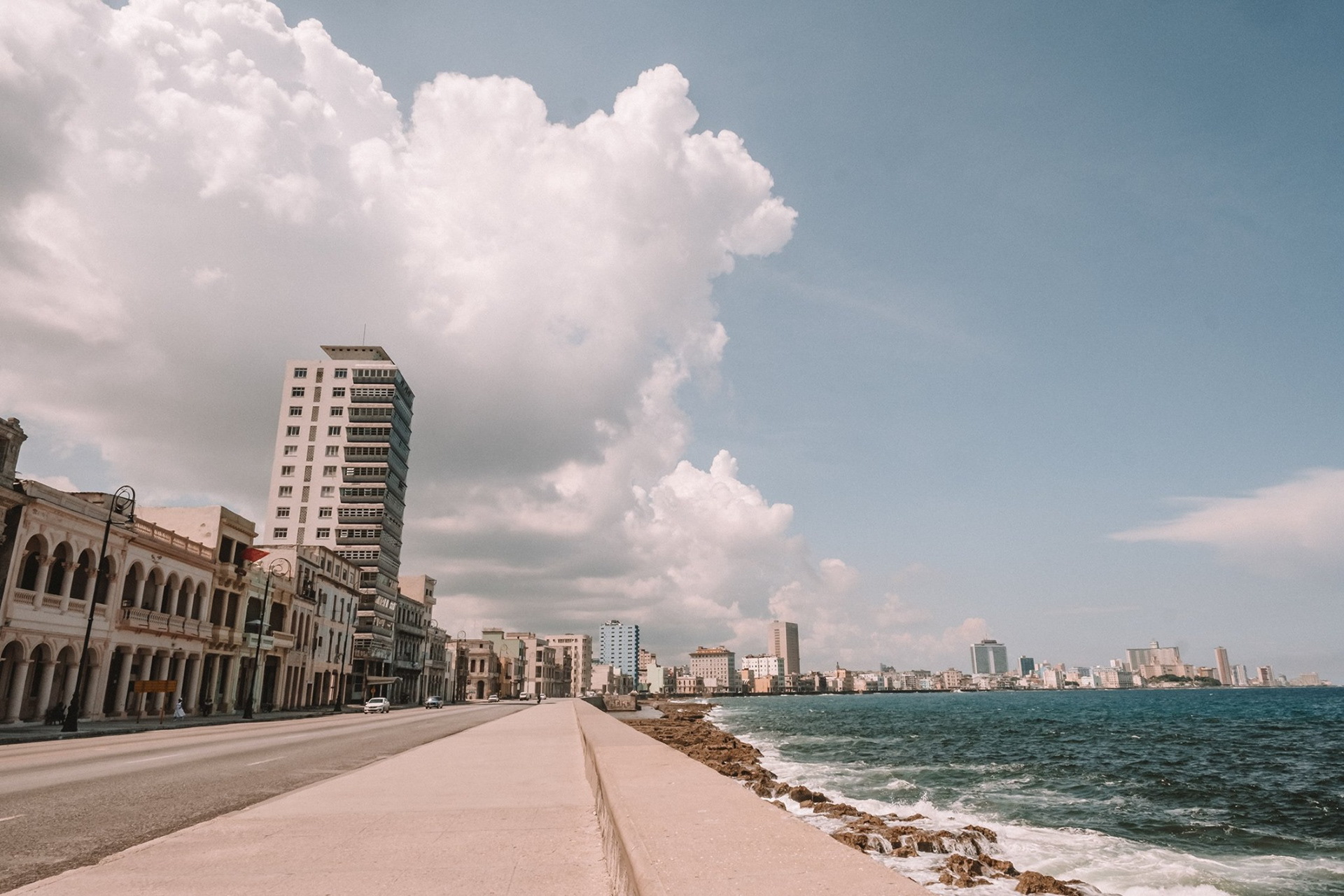
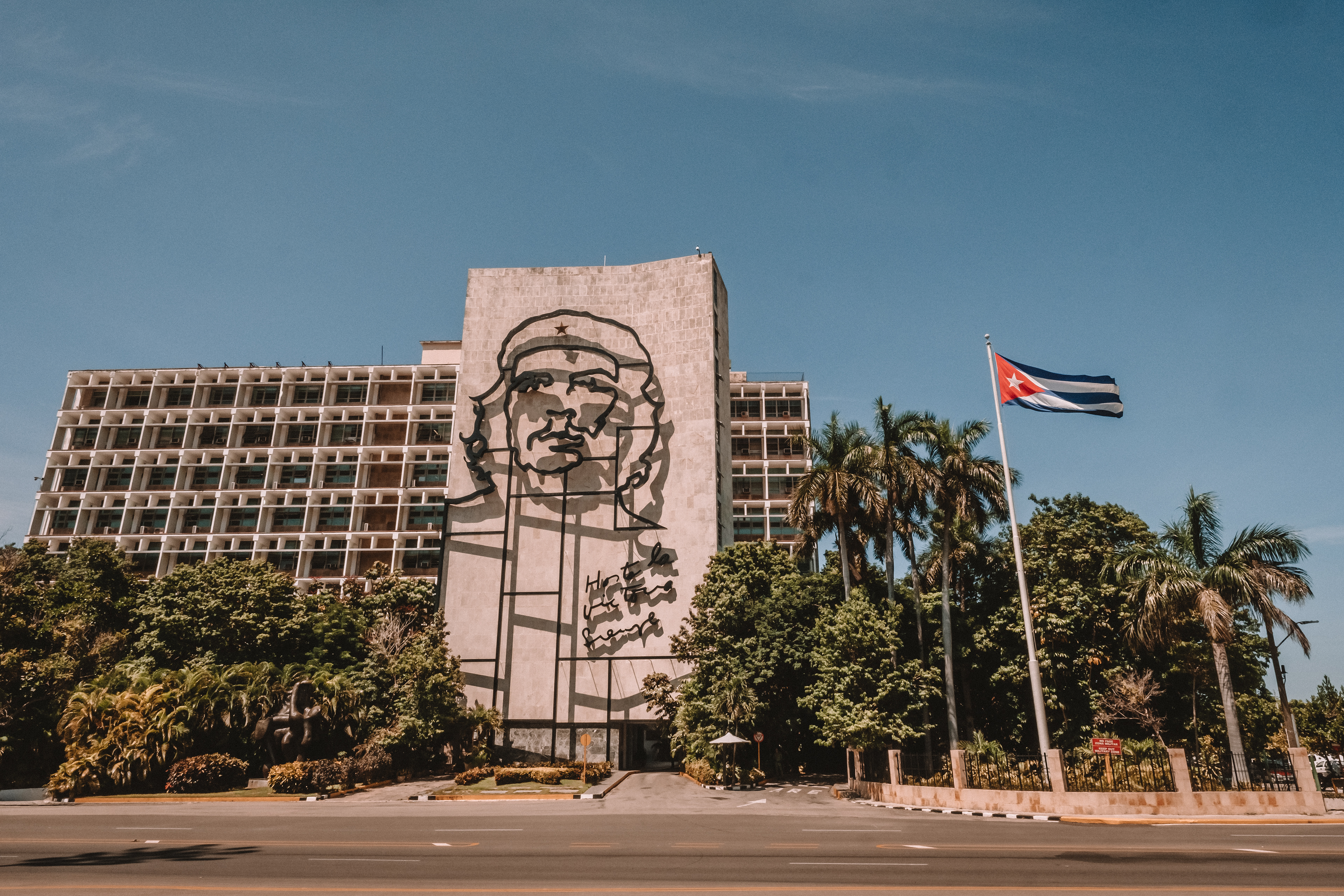
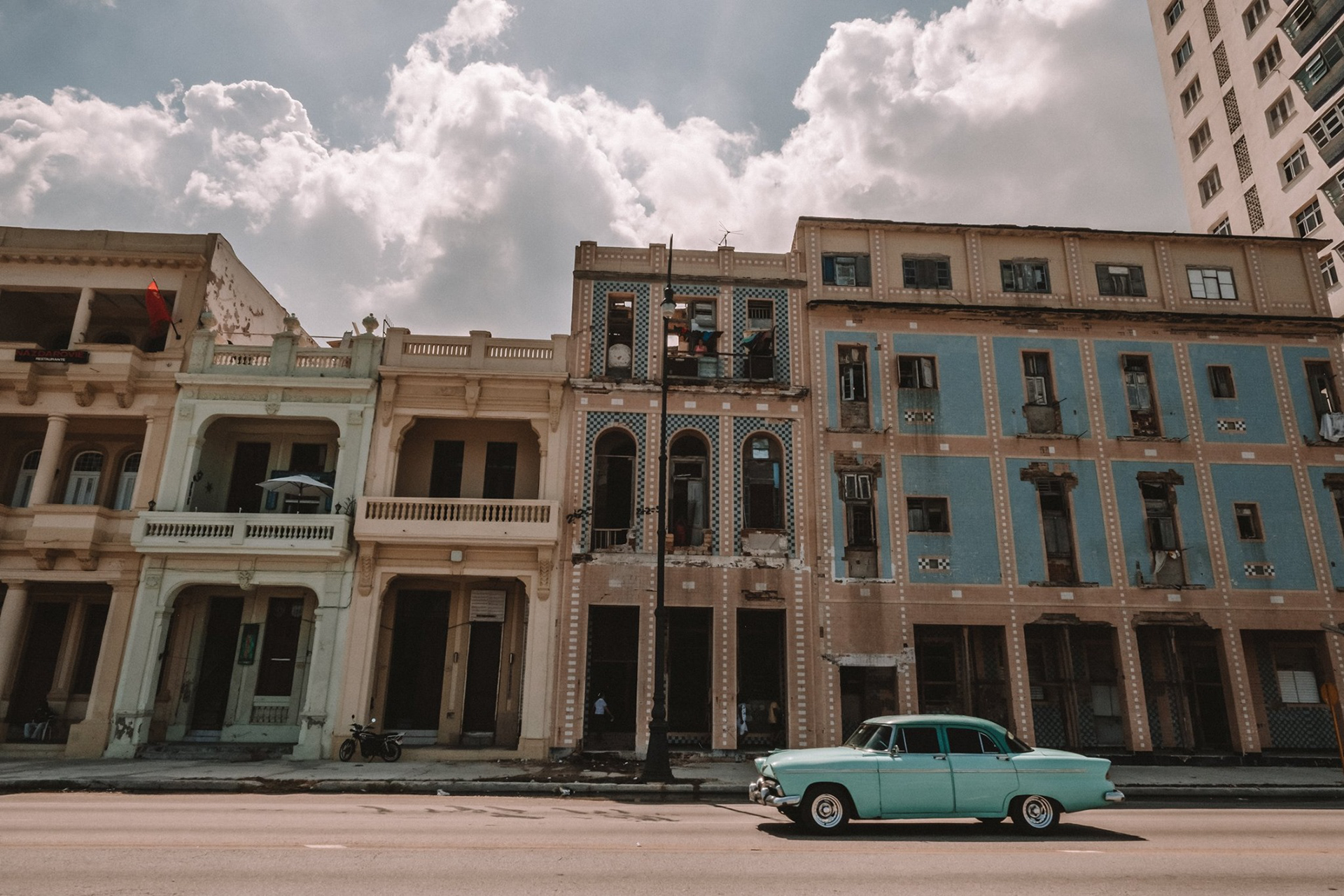
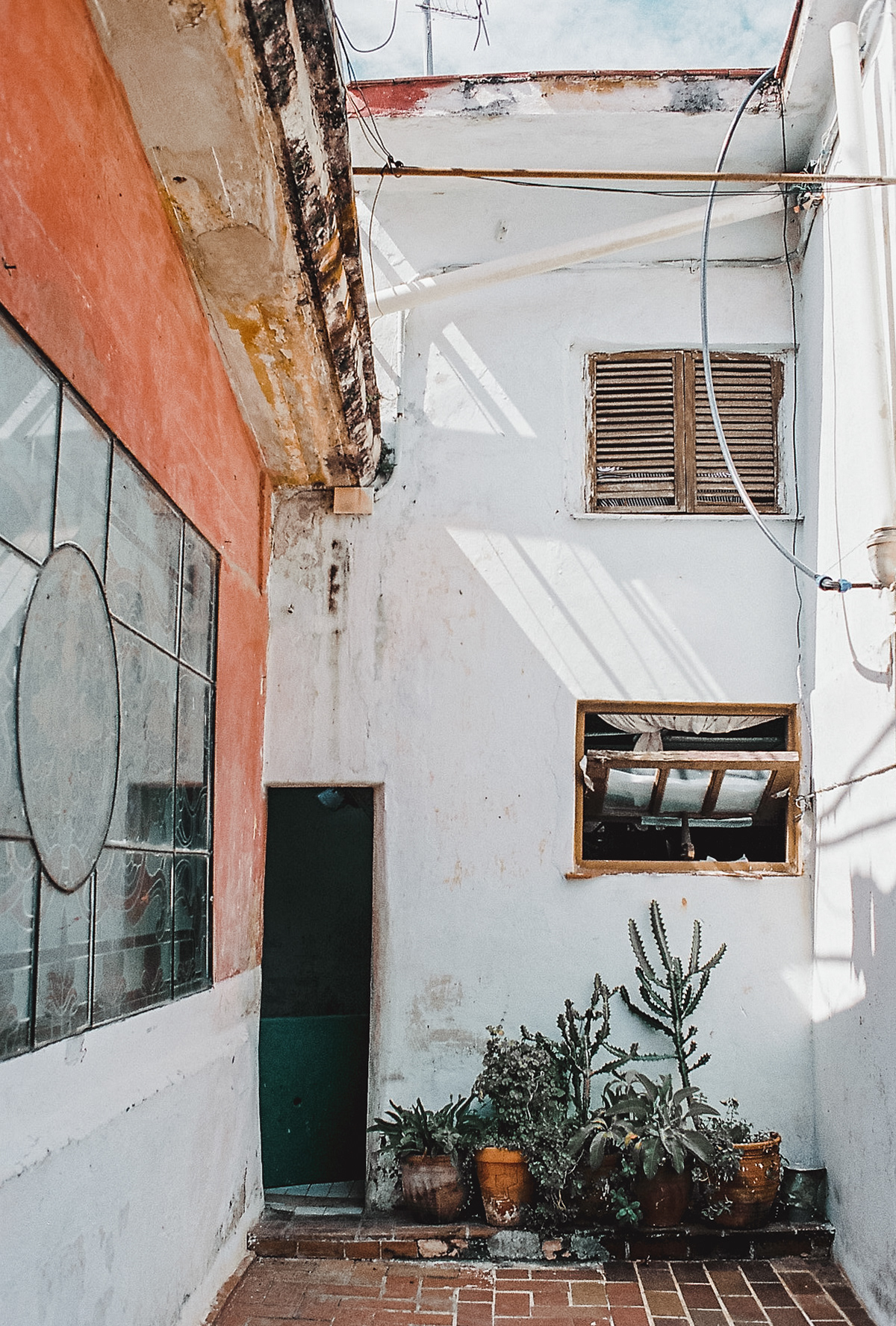

View from El Surtidor Pool Terrance and Bar, Parque Central.
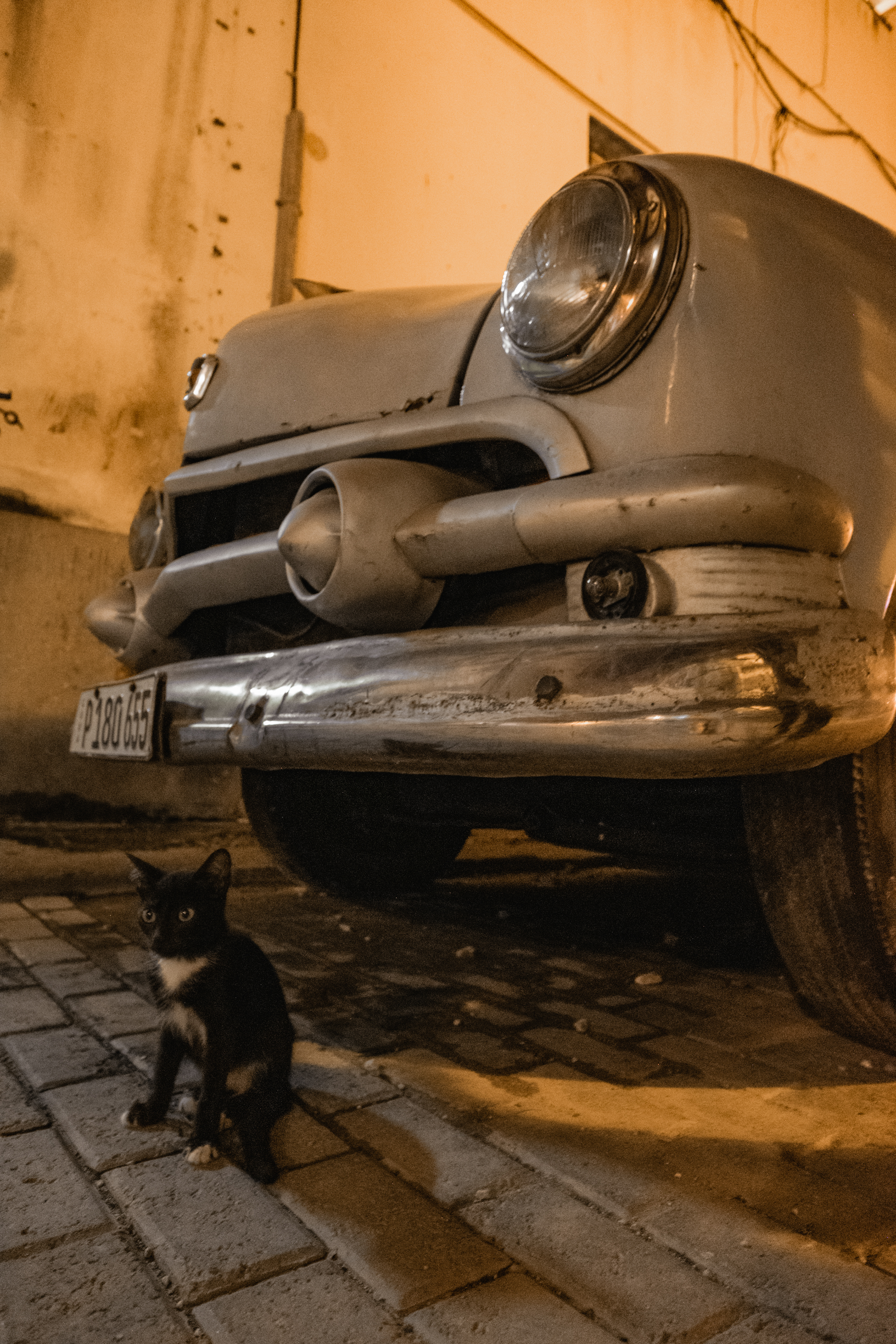
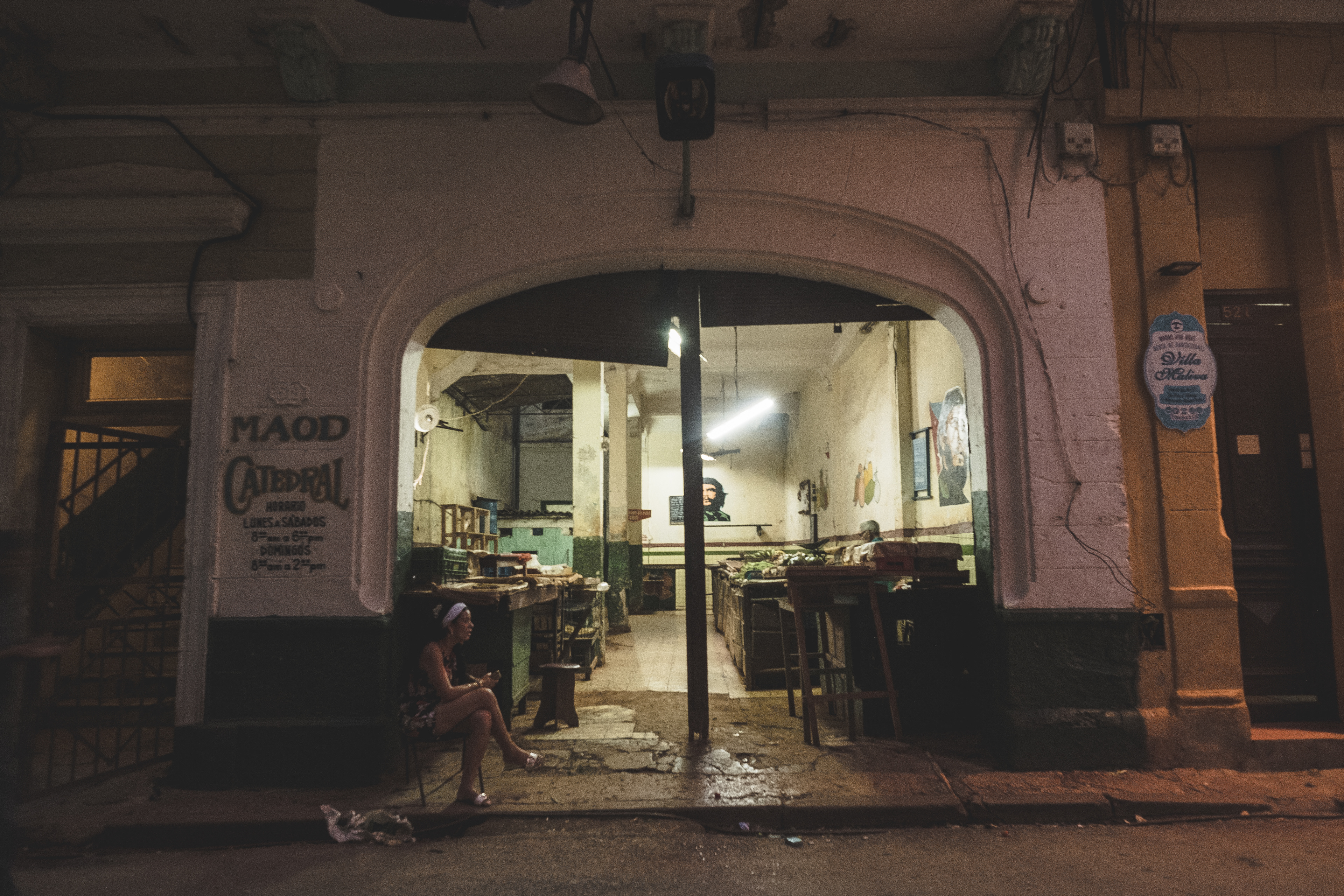
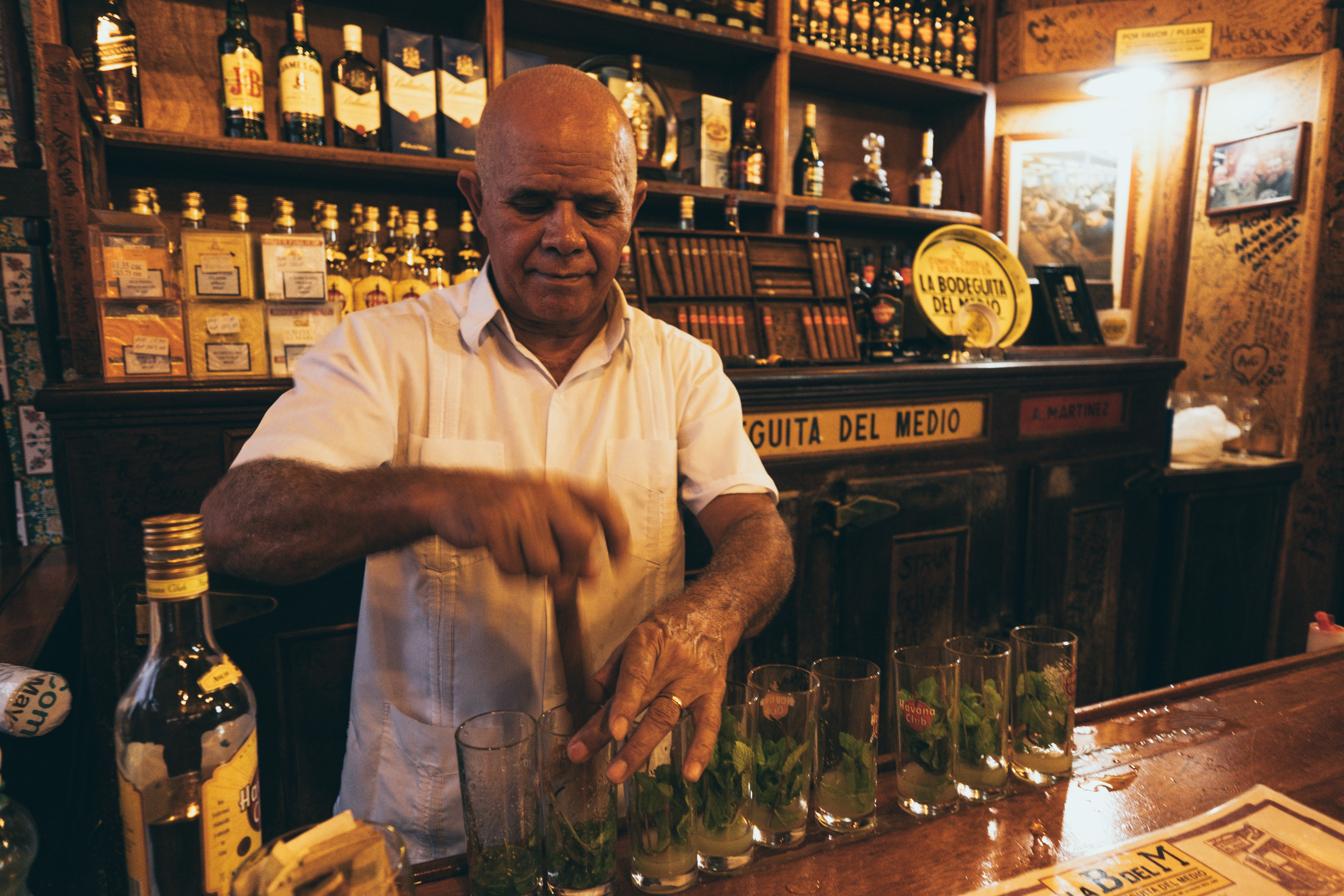
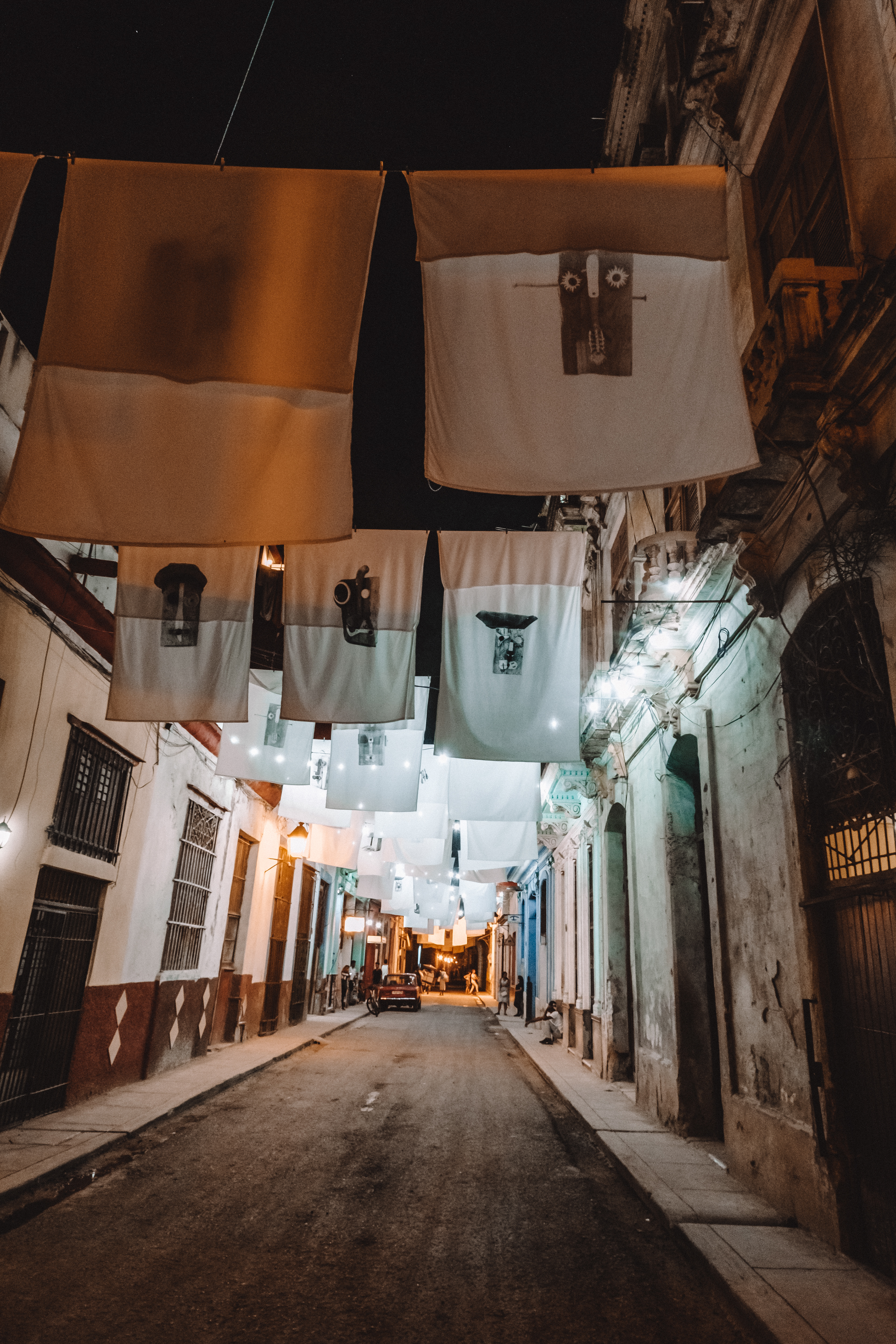
Stop by El Floridita Bar famous for its Daiquiris and for being a favourite hang out spot of Ernest Hemingway. Grab a Mojito at La Bodeguita del Medio, noted to be his drink of choice and his favourite bar to enjoy one.

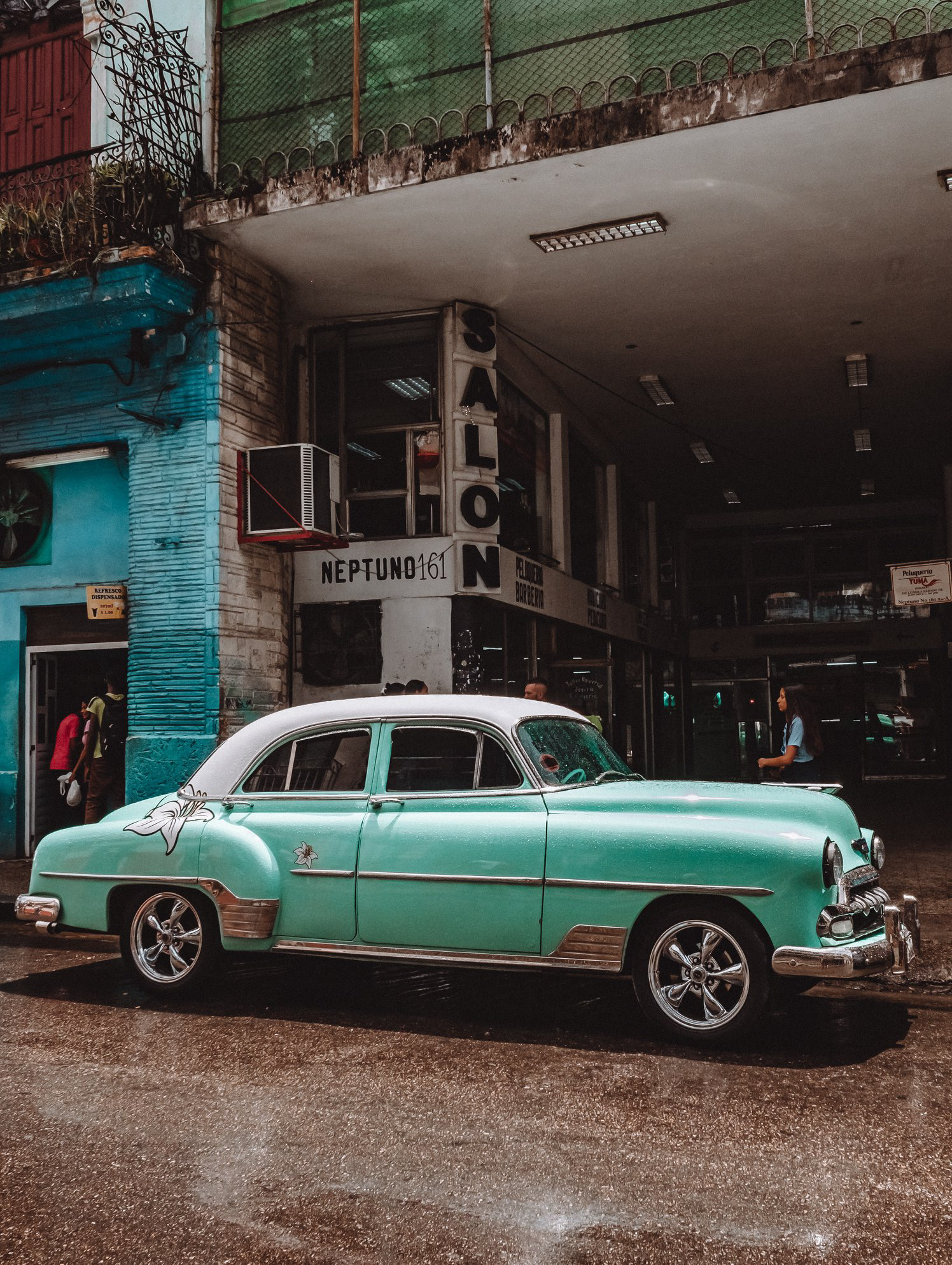
La Necrópolis de Cristóbal Colón was established in 1876 is noted for its many elaborately sculpted memorials including Amelia Goyri, Cuba’s Miracle-Maker. You can read about her here.
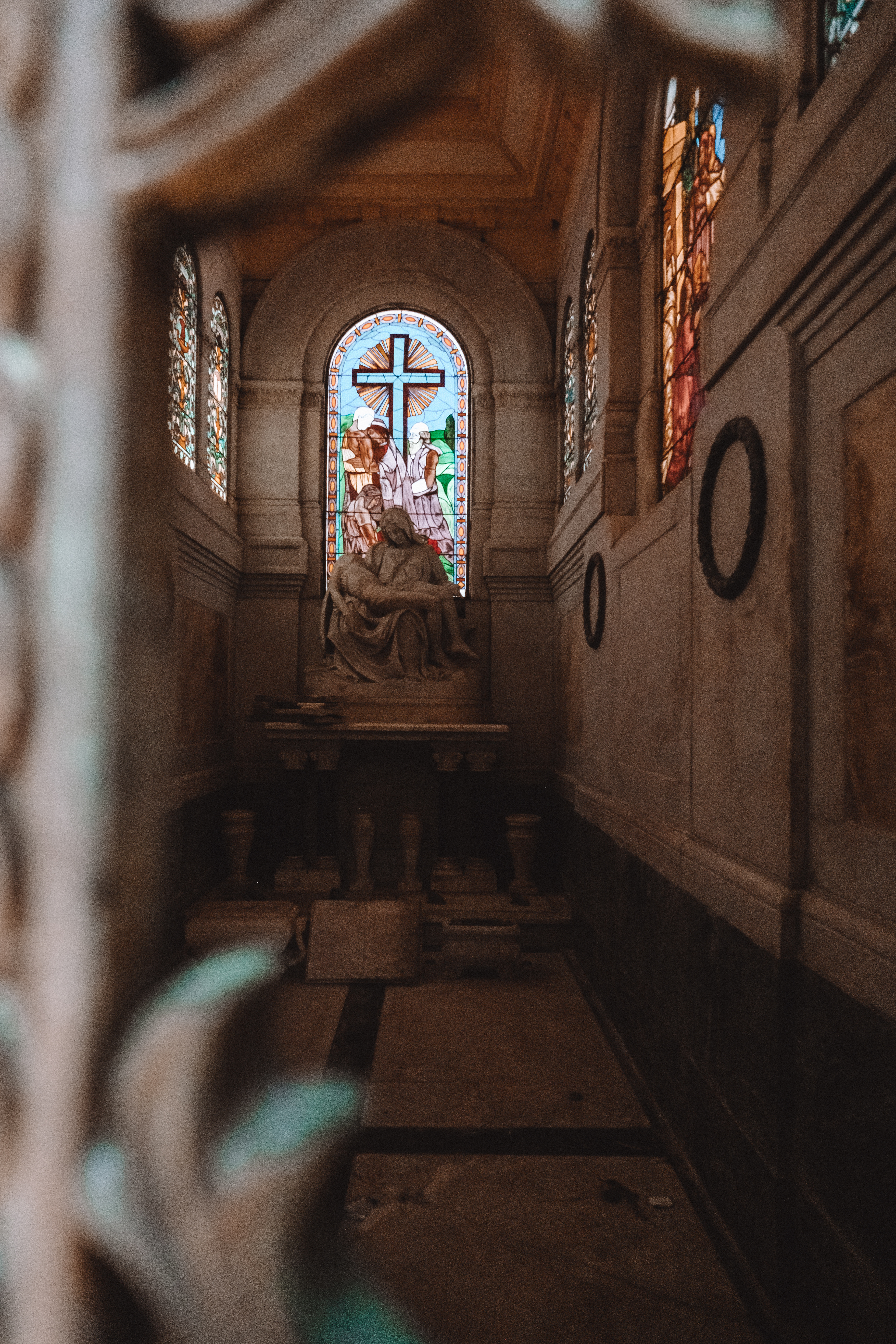
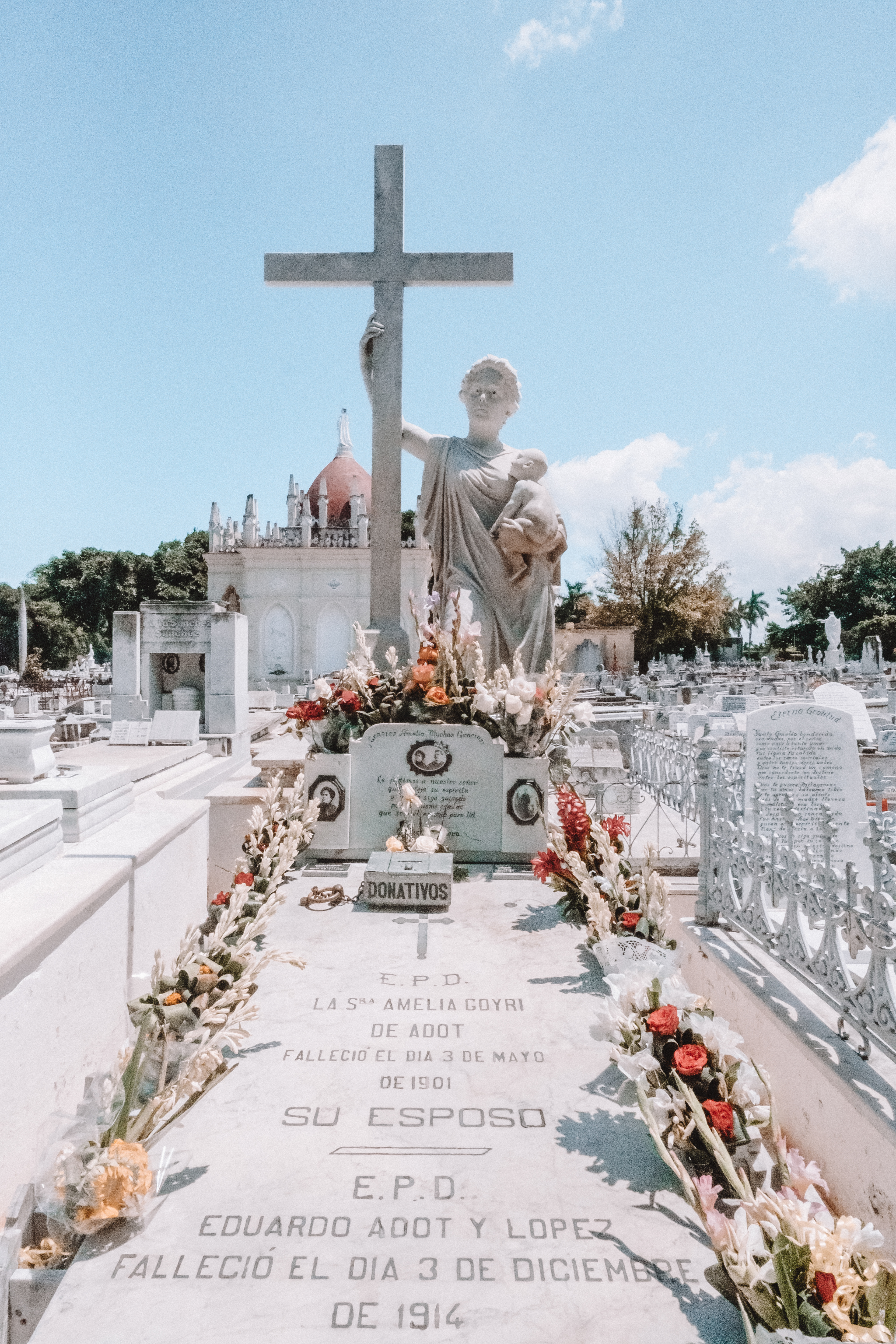
Trinidad is a town in central Cuba, known for its colonial old town and cobblestone streets. It has been a UNESCO World Heritage since 1988, because of its historical importance as a center of the sugar trade in the 18th and 19th centuries. Trinidad Cuba is small, beautiful and quaint. There are grand buildings in the Plaza Mayor, with its picturesque cobbled streets.The two draw cards to this area are the Santisima Trinidad Cathedral and the Convento de San Francisco church.

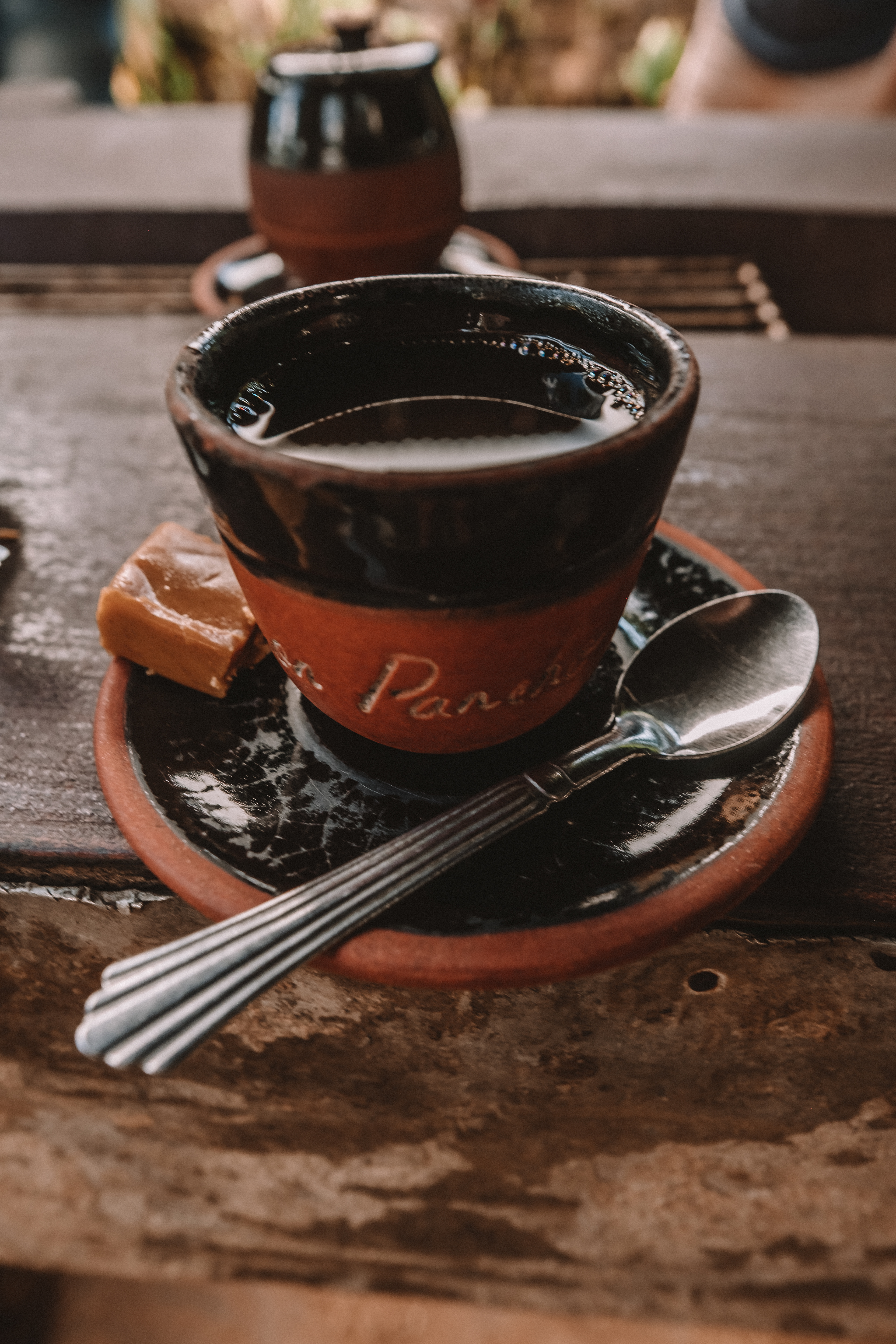

Grown and roasted in the hills just outside Trinidad, fresh coffee is served with a serve of peanut butter or if you prefer, shot of rum. As coffee addicts and enthusiasts this was on the top of our list. Located in the Topes de Collantes National Park, the farm is located at the entrance of the trail to the Vegas Grand waterfall, so you won't miss it!
Takes about an hour to hike to waterfall and can be steep in some places! The water cascades into crystalline pool below which is surrounded by thick green carpets of wild plants covering the rock walls all around it. It was a hot day when we were there, a dip was much needed at the end of our hike.
View from the Bell Tower.




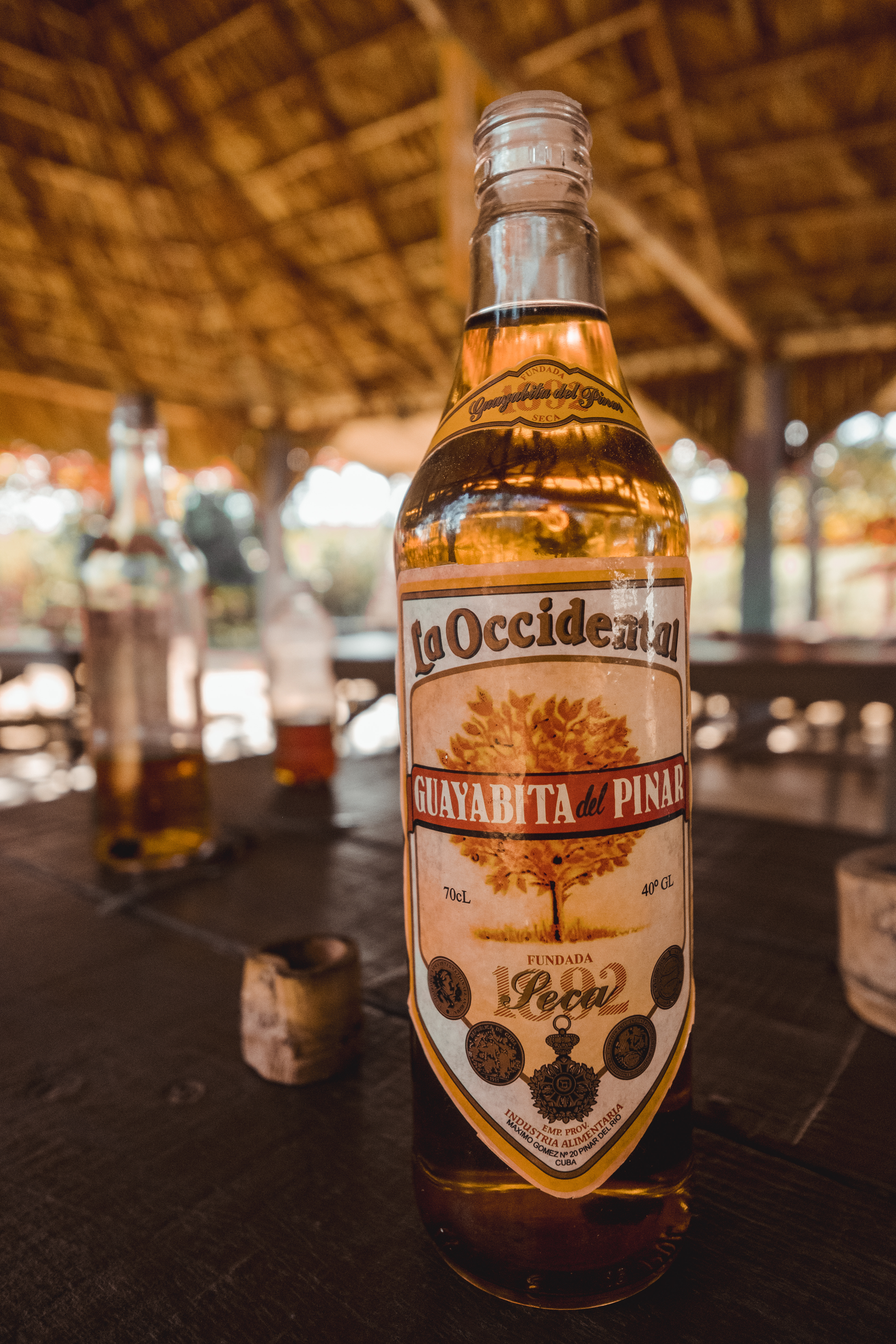
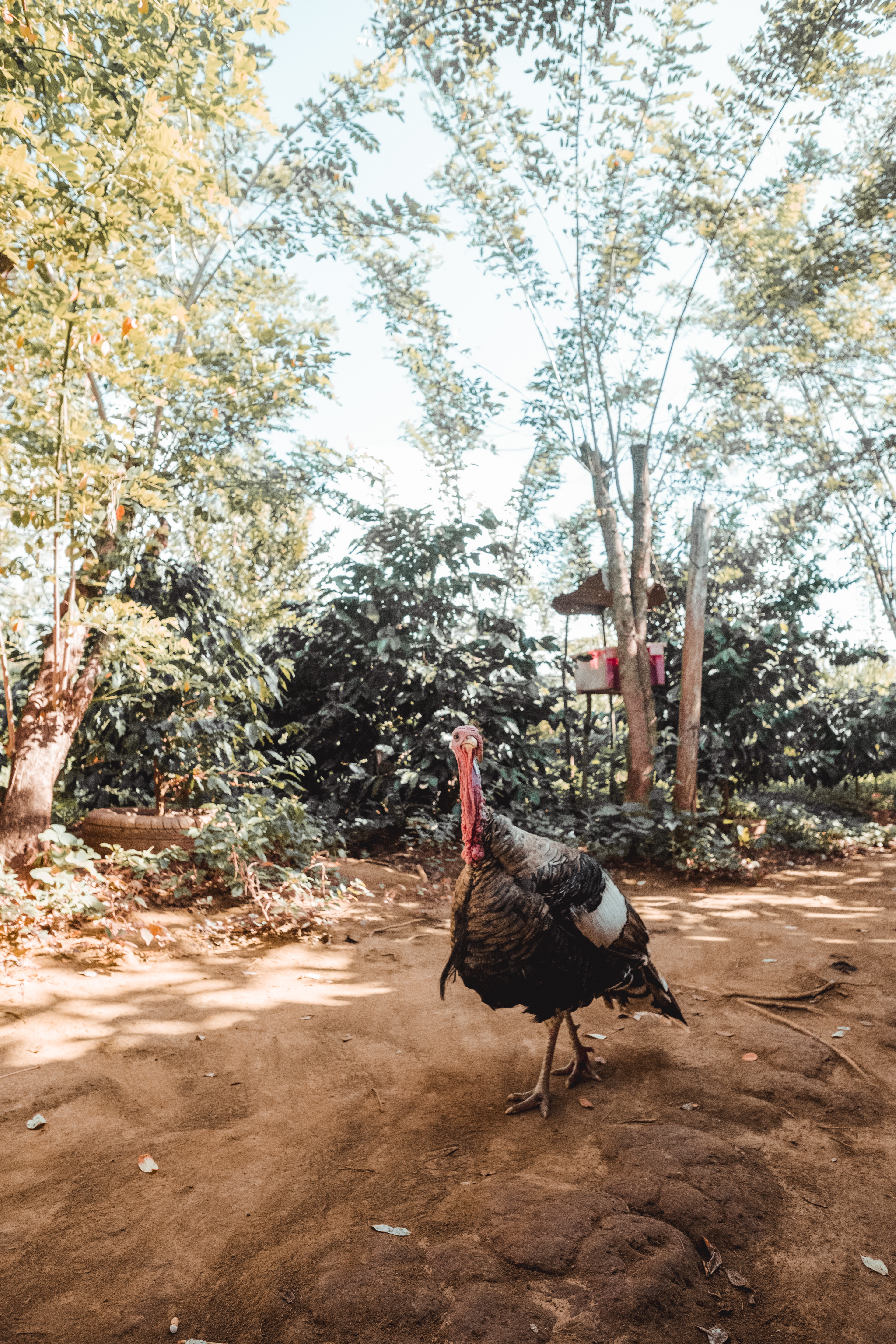


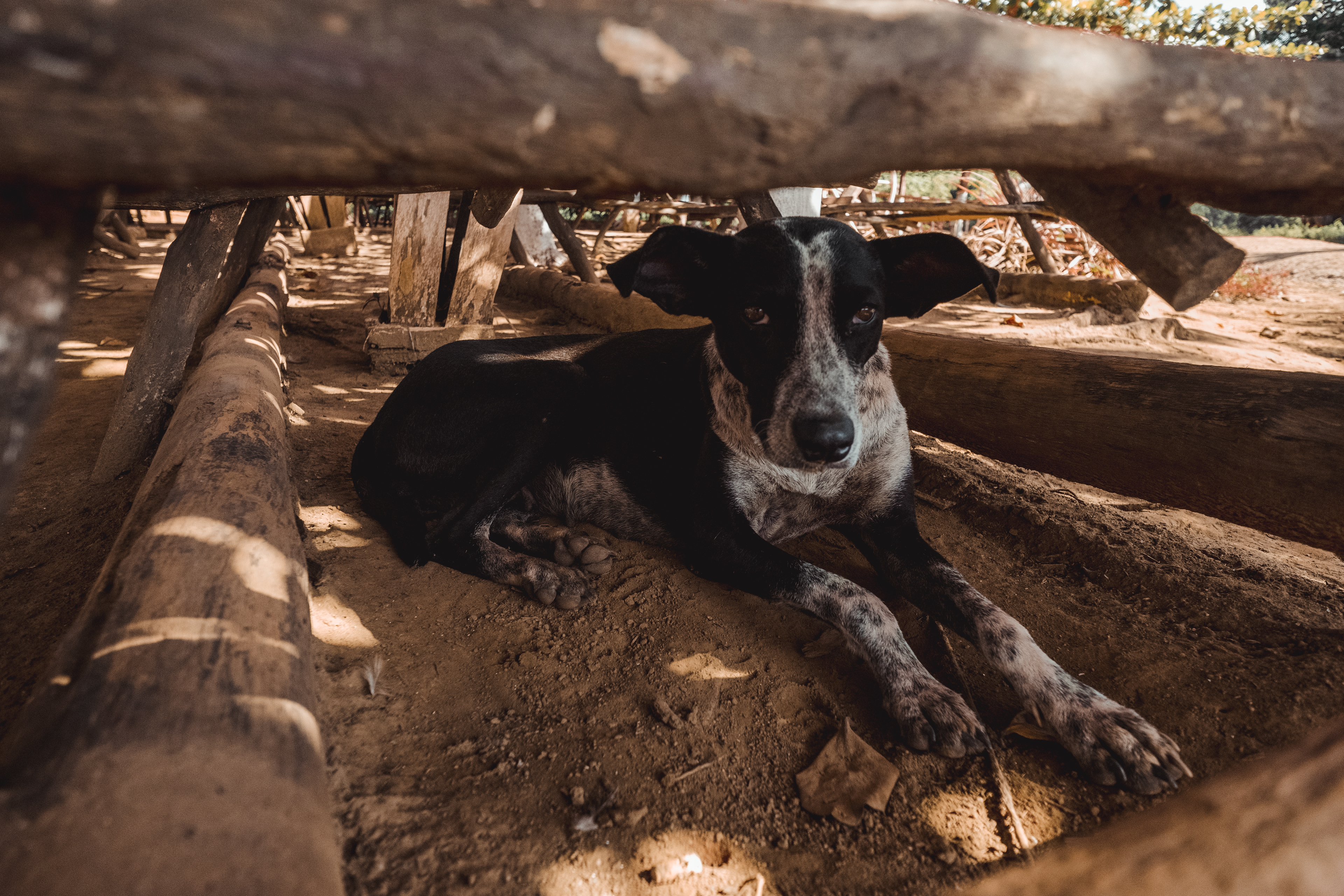
The Viñales valley is also listed as a UNESCO World Heritage Site and this title is well deserved. Famed for its tobacco plantations and stunning landscape, incredible limestone rock formations known as Mogotes that tower around a tiny town. The Viñales Valley had a calmness and tranquillity I needed after Havana and Trinidad.
We hired bikes for the day, a good way to get around town and head out to see a few sites. Cueva del Inido is a great little boat ride through a cave and El Mural de la Prehistoria, a giant painting of dinosaurs on a Mogote. It's rather impressive.
Take a walking tour through the tobacco fields. It's is one of Cuba’s main exports, the country generates over $200 million in annual revenue from the sales of cigars. You'll get to try your hand at rolling one! It's not as easy as they make it look.
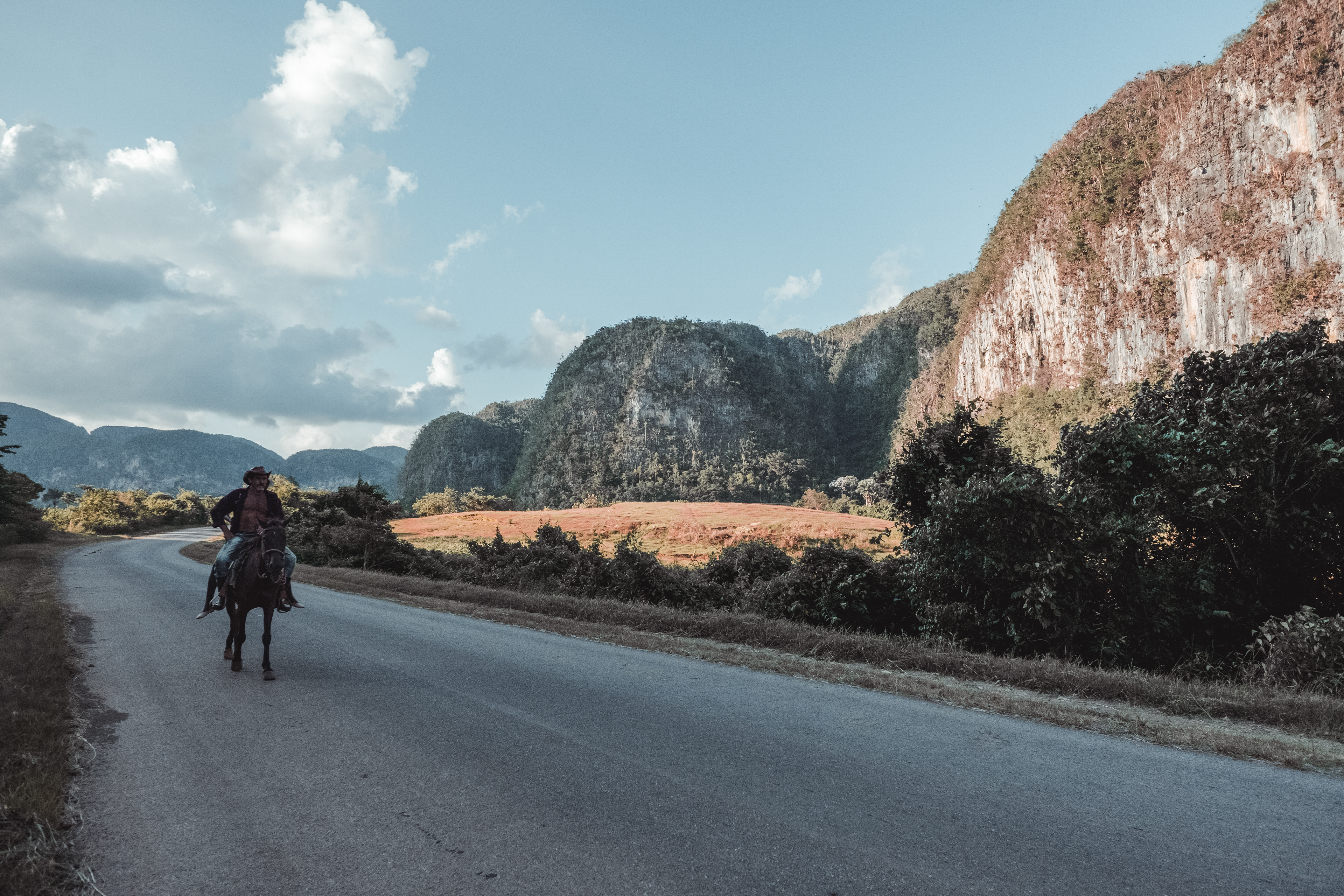

Hike Los Aquaticos to watch the sunrise over the valley. A small community of Aquaticos was founded in 1943 when the local people used the healing power of water when they had no access to regular medicines. Our hike was organised by our Casa host so we had a guide which I highly recommend. There is no marked path up to the farm house that awaits you at the top of the mountain, where you will watch the sunrise from. Bring your water but you can get a fresh juice while you wait for the sun to arrive.

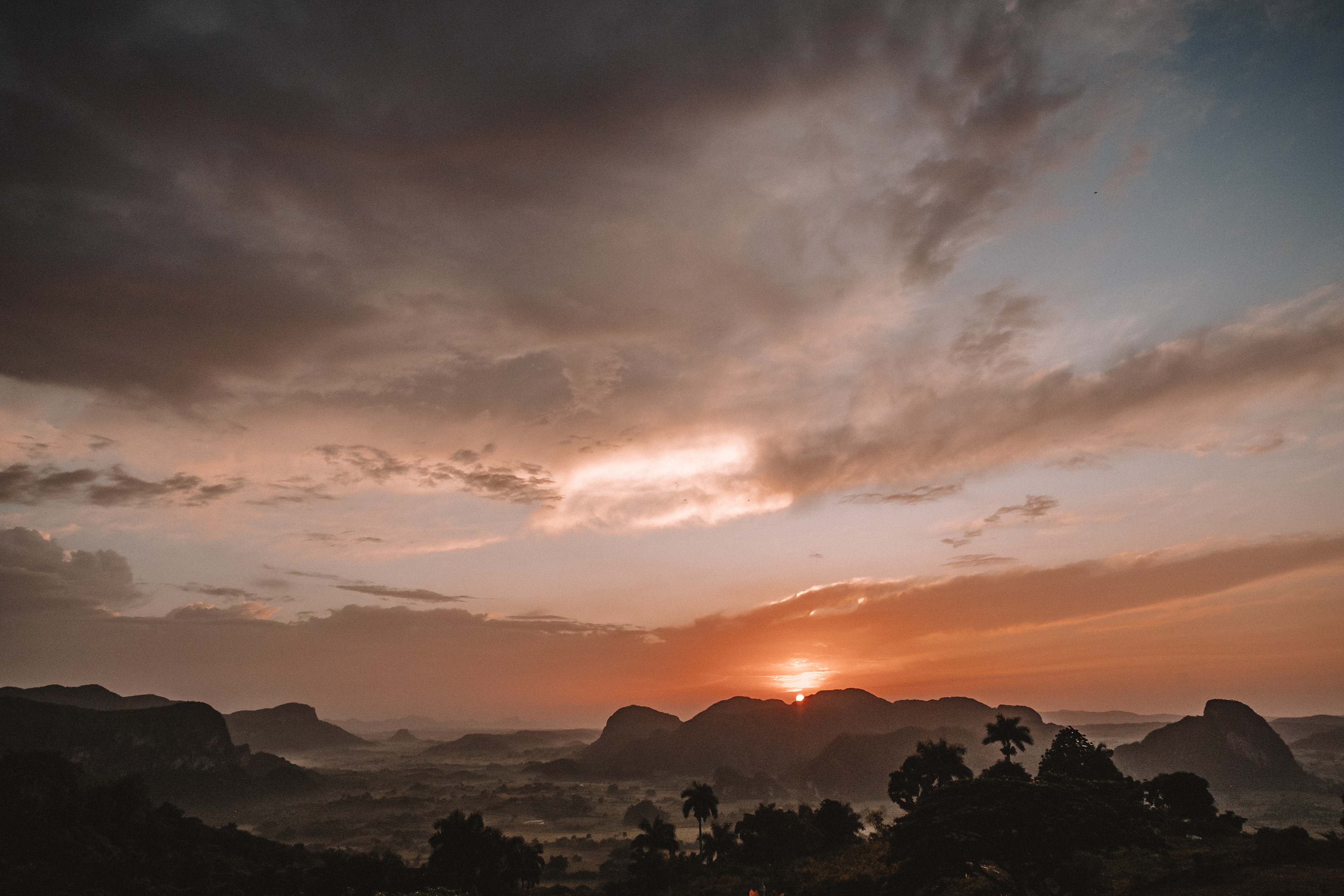
Things to note when planning your trip to Cuba:
We flew through Cancun to get in and out of Cuba. You can get your travel visa at the airport before you check into your flight.
We brought cash with us to exchange at the airport upon our arrival. We brought Pounds and Pesos. BUT we could not exchange much of what we had left over when we departed from Havana. Don’t do this at the airport, try at a hotel beforehand.
We found out my husband’s bank card (Bank of Australia) worked at local ATMs. They do not accept American bank cards.
There are 2 currencies in Cuba CUC & CUP. CUC (1 CUC = 1 USD ) is the one for tourists and CUP for the locals. It is also legal for tourists to use CUP but is harder to come across. 1 CUC = 25 CUP.
By Cuban law everyone requires travel insurance to enter the country. You may be asked to show it upon arrival.
The rumours are true, Wifi in Havana, Cuba is not easy. Wifi is available at most hotels & some designated public parks. Speed is best in the morning. To access the internet you required a wifi card.
Cheapest way to access the internet in Havana is to buy the pre-paid Nauta (WiFi) card by ETECSA from any of their stores. Expect to wait minimum of 30 min in line for this. Make sure to take your passport with you. You are only allow 3 per person. The card should cost (2019 prices) CUC/$1.00 for one-hour of internet access, I’ve also read there is a 5hr card for $5CUC.
We only stayed in Airbnb’s. They are not only the most affordable option but also one of the ways you can support the Cuban people. Even though hosts need to pay most of their income from Airbnb to the government, it is still a way for them to earn an independent income.
Hosts are more than happy to help you in any way and organise anything you may need!


View from the Hotel Los Jazmines.
